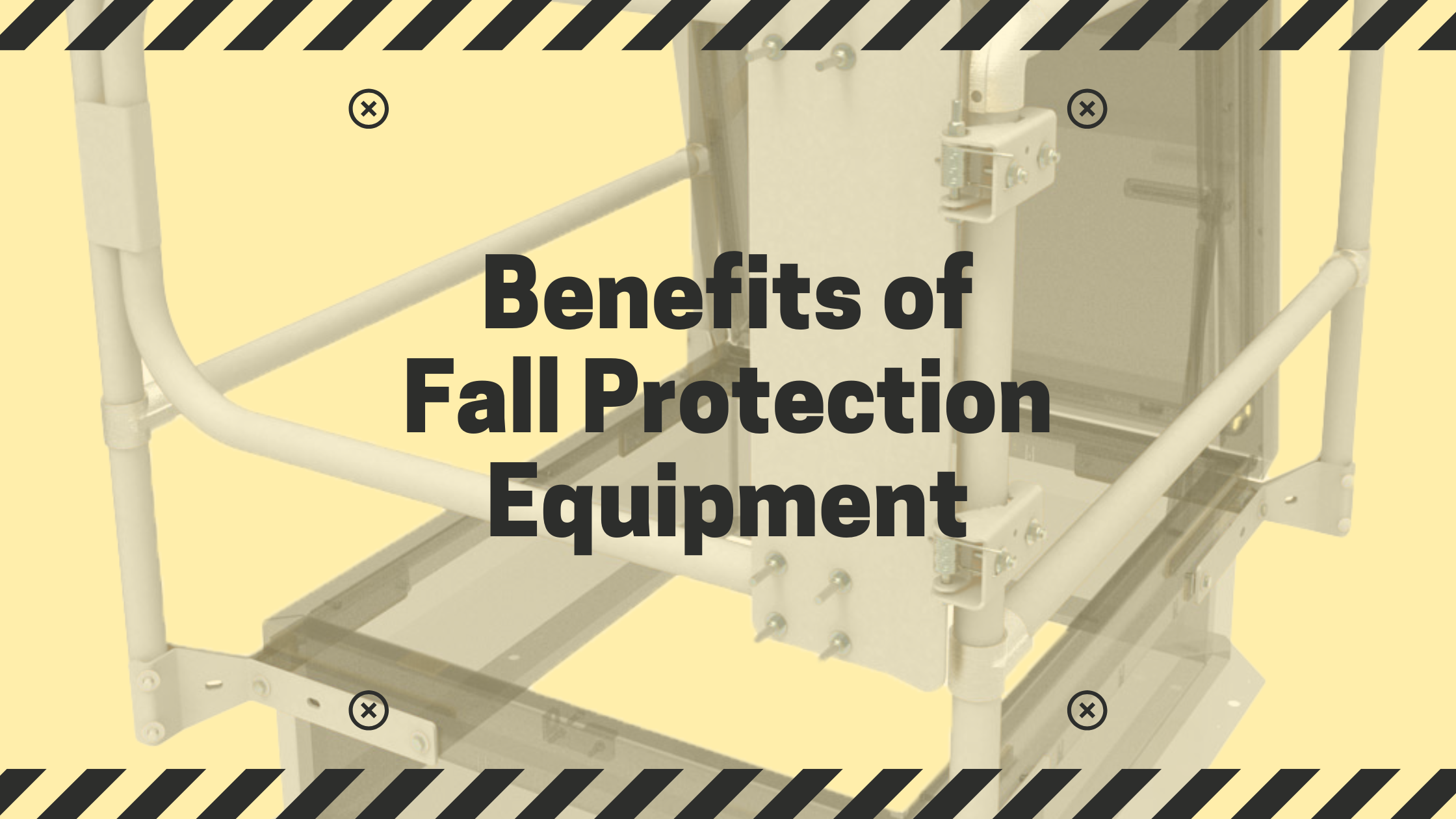How Building Product Manufacturers Aid the AEC Community

Enhancing Collaboration
In the complex world of building design and construction, collaboration between product manufacturers and building architects/specifiers is paramount. This synergy not only ensures the selection of the best products but also enhances the overall quality, sustainability, and efficiency of building projects. Here’s how product manufacturers can play a pivotal role in assisting architects and specifiers in product specification.
1. Provide Comprehensive Product Information
Detailed Product Specifications: Manufacturers should offer exhaustive product data sheets detailing dimensions, materials, performance characteristics, and compliance with industry standards.
Technical Documentation: Ensure the availability of installation guides, maintenance manuals, and safety data sheets. These documents help architects and specifiers understand the product's lifecycle and integration into the building design.
BIM (Building Information Modeling) or Revit Content: Providing BIM and/or Revit content allows architects to incorporate products directly into their digital models. This aids in visualizing how products fit within the overall design and ensures compatibility with other building components.
2. Offer Continuing Education
Accredited Courses and Webinars: Manufacturers can offer educational programs accredited by professional bodies (e.g., AIA, IIBEC). These courses keep architects and specifiers updated on the latest products and technologies.
Hands-on Workshops: Organize workshops that provide practical experience with products. This can include demonstrations of new technologies or materials, showcasing their benefits and applications in real-world scenarios.
3. Facilitate Easy Access to Samples and Mock-ups
Product Samples: Provide physical samples that architects and specifiers can examine and test. Tangible samples help in assessing the product’s texture, color, and quality.
Mock-up Installations: Set up mock-up installations that demonstrate how products look and perform in a real-life setting. This allows for better evaluation of aesthetics and functionality.
4. Offer Tailored Support and Consultation
Dedicated Technical Support: Establish a dedicated support team to assist with technical queries and product selection. This team can provide insights into the best applications of products and troubleshoot any issues that may arise.
Collaborative Design Sessions: Participate in design meetings and offer expert advice on product integration. This ensures that the selected products align with the project’s aesthetic and functional requirements.
5. Ensure Sustainable and Innovative Solutions
Sustainable Products: Highlight eco-friendly products and provide information on their environmental impact. This includes certifications such as LEED, BREEAM, or Energy Star.
Innovative Technologies: Keep architects and specifiers informed about the latest innovations in building materials and products. This can include smart building technologies, energy-efficient systems, and cutting-edge materials.
6. Develop User-Friendly Digital Tools
Online Specification Tools: Create intuitive online tools that help architects and specifiers find and compare products easily. These tools should offer filtering options based on various criteria such as performance, sustainability, and cost.
Mobile Applications: Develop mobile apps that allow users to access product information, create specifications, and communicate with support teams on the go.
7. Maintain Transparent Communication
Regular Updates: Keep architects and specifiers informed about any changes in product lines, availability, or discontinuations. Regular newsletters, product bulletins, and updates ensure they have the latest information.
Feedback Loops: Encourage feedback from architects and specifiers to improve products and services continuously. This collaborative approach fosters long-term relationships and product improvements.
By providing comprehensive information, offering educational opportunities, facilitating access to samples, delivering tailored support, ensuring sustainability, developing digital tools, and maintaining transparent communication, product manufacturers can significantly aid architects and specifiers in the building specification process. This collaborative effort not only streamlines the specification process but also enhances the overall quality and sustainability of building projects. In an industry where precision and quality are paramount, such partnerships pave the way for innovative and successful building designs.





.png)